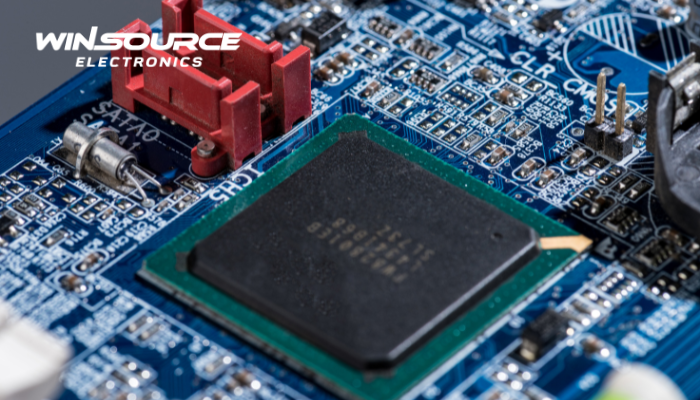
* Question
What are the reset sources for the LPC2000 series ARM microcontrollers?
* Answer
In the LPC2000 series of ARM-based microcontrollers (such as LPC214x, LPC213x, LPC210x), the reset function ensures that the device starts execution from a known, stable state. A reset initializes all system registers, peripherals, and memory, preparing the MCU for reliable operation.
The LPC2000 series supports multiple reset sources, each designed to handle different system conditions and failure modes.
1. Power-On Reset (POR)
The Power-On Reset is automatically triggered when the MCU’s supply voltage (V<sub>DD</sub>) rises above the defined threshold during startup.
It guarantees proper initialization after power is applied.
All internal registers and configurations revert to their default states.
The system clock and PLL remain disabled until the supply stabilizes.
This mechanism prevents undefined operation when power ramps up slowly or irregularly.
2. External Reset (RESET Pin)
An external reset can be generated by driving the RESET pin low.
Typically triggered by a reset button or an external monitoring circuit (like a watchdog supervisor).
When asserted, it resets both the core and peripheral logic.
The pin includes debounce protection and must be held low for a minimum specified duration (usually a few microseconds).
External resets are commonly used for manual recovery or system reinitialization.
3. Watchdog Timer Reset (WDT Reset)
The Watchdog Timer (WDT) reset occurs when the system fails to “feed” (or refresh) the watchdog within a defined timeout period.
It serves as a safeguard against software hangs or infinite loops.
When triggered, it performs a system reset similar to an external reset.
A status flag in the RSID (Reset Source Identification Register) allows the software to identify that the last reset was watchdog-induced.
This feature enhances the system’s fault tolerance and reliability.
4. Brown-Out Reset (BOR)
The Brown-Out Detector (BOD) monitors the supply voltage level during normal operation.
If the voltage drops below the brown-out threshold, the BOR circuitry automatically resets the MCU.
It prevents erroneous behavior or flash corruption due to low-voltage conditions.
The Brown-Out Status bit in the RSID register indicates whether a BOR occurred.
BOR ensures safe operation during transient power drops or unstable supplies.
5. Software Reset
The LPC2000 series also supports software-triggered resets.
Initiated by writing to specific control registers (such as the Reset Control Register) through firmware.
Often used to apply new configurations, enter bootloader mode, or recover from runtime faults.
This allows the system to self-reset without external hardware intervention.
6. CPU Reset from Debug Interface
When connected to a JTAG or ISP interface, a CPU reset can be triggered directly from the debugging tool.
This enables developers to restart the program or initialize the hardware during debugging or firmware updates.
Summary
In summary, the LPC2000 series ARM microcontrollers include the following reset sources:
Reset Type | Trigger Condition | Typical Use |
Power-On Reset (POR) | Supply voltage rises to valid level | System startup initialization |
External Reset | RESET pin driven low | Manual or hardware-triggered reset |
Watchdog Reset (WDT) | Watchdog timeout | Software fault recovery |
Brown-Out Reset (BOR) | V<sub>DD</sub> drops below threshold | Power stability protection |
Software Reset | Firmware-controlled | Reconfiguration or reboot |
CPU Reset via Debug | JTAG/ISP command | Development and testing |
Each source provides a different layer of reliability, ensuring stable operation across power, software, and hardware conditions.

COMMENTS